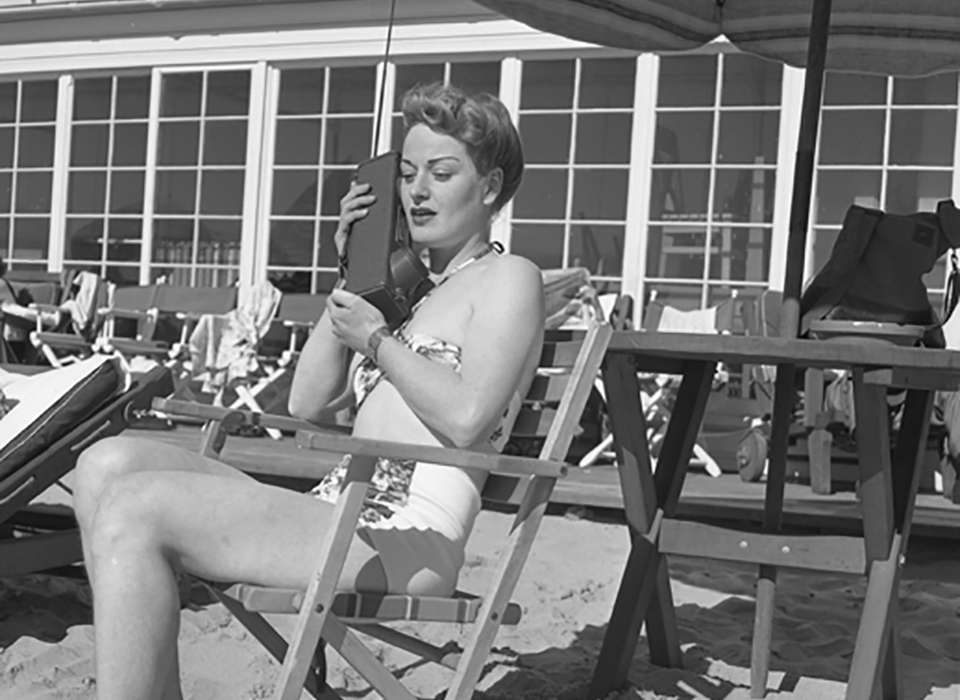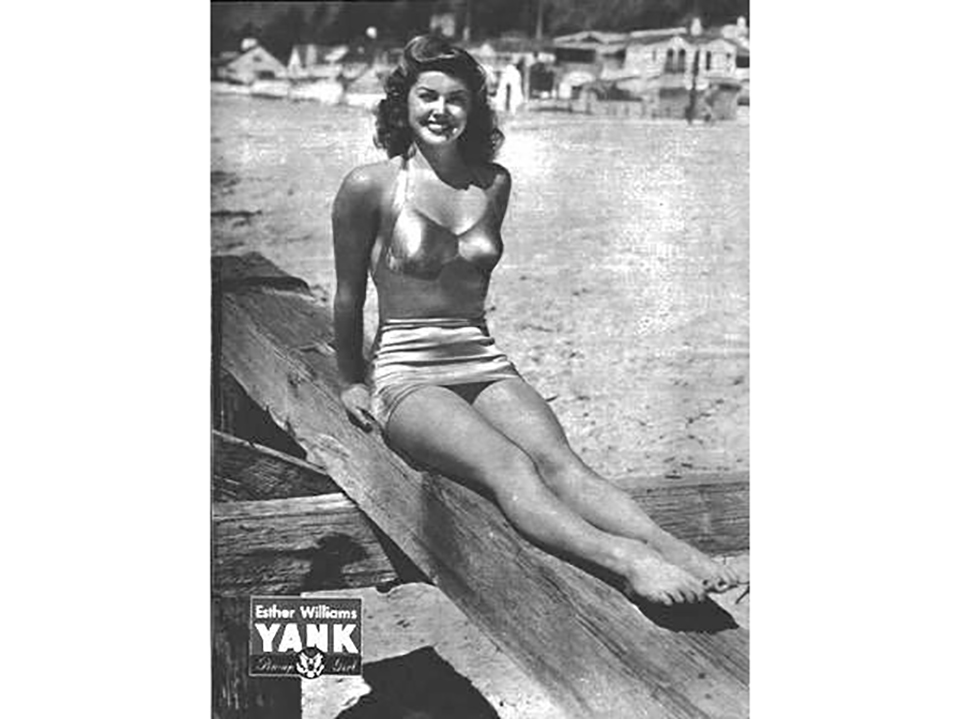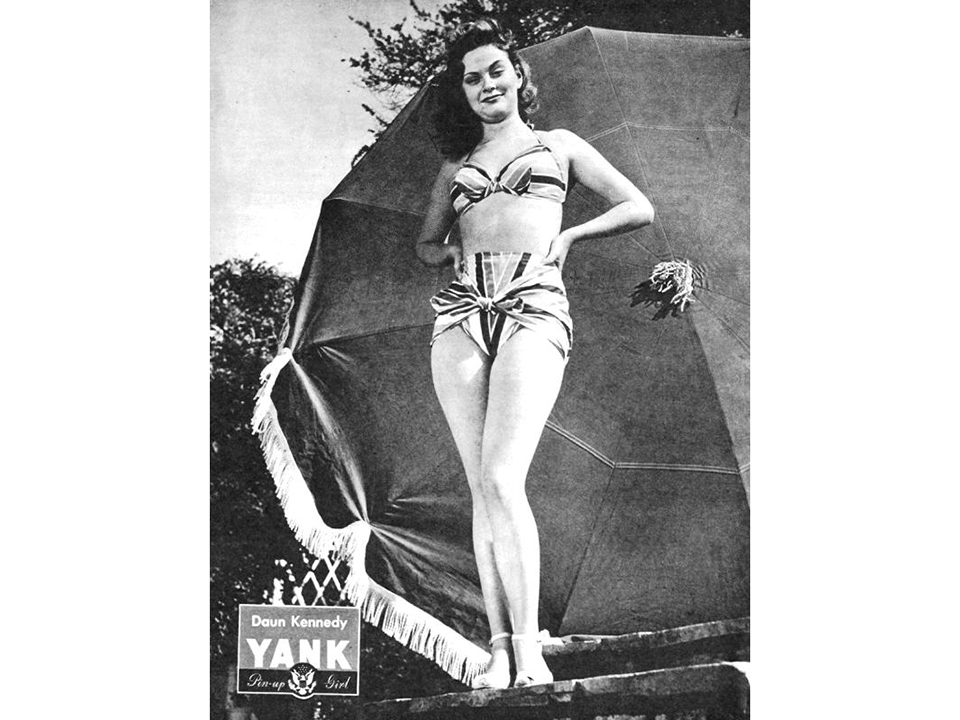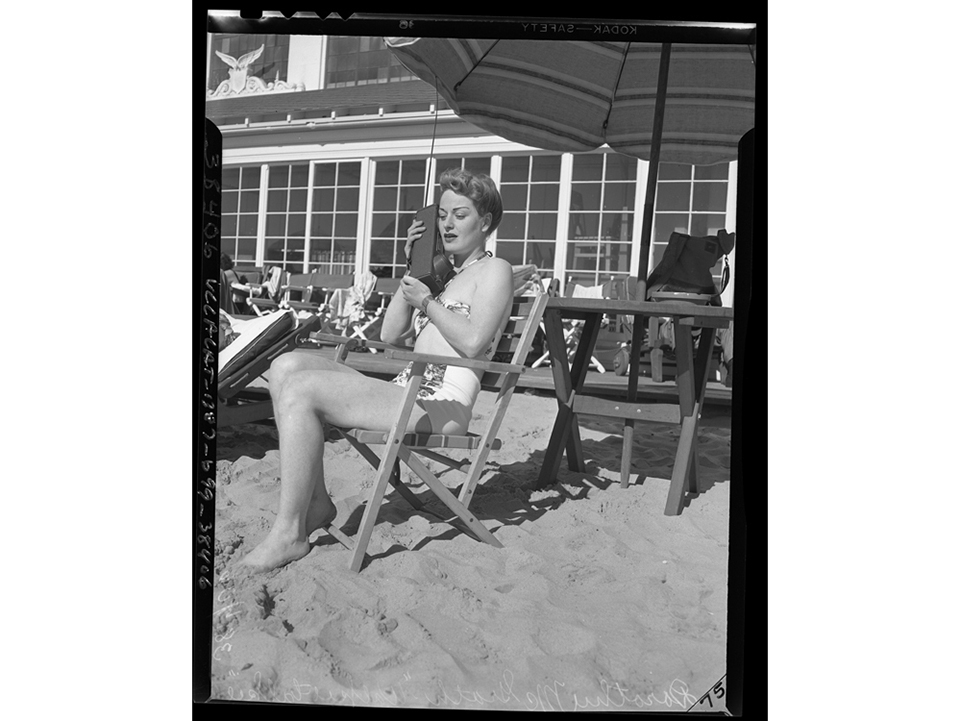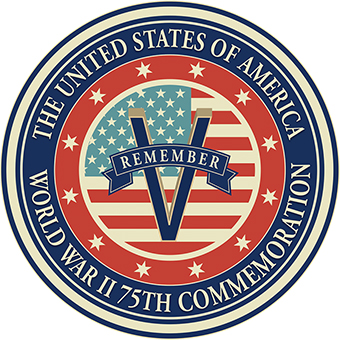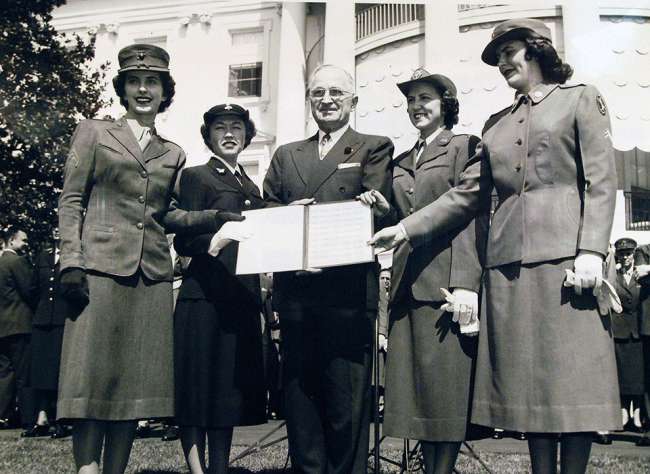Throughout history numerous circumstances have dictated society’s fashion landscape, causing people to pause and take note. Such was the case in the 1940s, as World War II forced America to rethink many of life’s necessities due to material shortages, inflation, or production challenges. It was a cultural pandemic of sorts, as Americans had no choice but to comply with President Roosevelt’s Executive Order 8875 of 1941 that would place a ceiling on prices of goods and limit consumption by rationing for the common good in support of the war effort.
Sacrificing certain things such as food items and petrol during the war became the norm for most Americans. This was also true in the clothing industry. During this same period when Americans were faced with fabric rationing, many fashion designers did an about-face with their clothing aesthetic influencing the trajectory of what would be worn. From plunging necklines and shorter hemlines, to nylon withdrawn from the civilian market, outfits in general became more streamlined; fashion was experiencing an evolution that would set the tone for the future.
One of the most noteworthy fashion evolutions of the 1940s was the transformation of women’s swimming attire, presumably in part due to fabric rationing. But let’s first reflect on swimwear for women at a time when it closely resembled a belted dress over long bloomers. While they weren’t aesthetically appealing, this swim attire fulfilled its primary objective: concealing the female figure. It was strictly about “modesty,” with no consideration to functionality or comfort. These “suits” were made from heavy flannel fabric and required an abundance of material for adequate coverage in order to be sturdy enough to not rise with the water.
It was at the turn of the century when swimming became an intercollegiate and Olympic sport when it was realized a practical design was needed. This paved the way for a more streamlined and lighter textile to be introduced. However, it was one with limitations and was still modest, of course.
Shortly thereafter, when it became acceptable for women to expose their arms, hemlines crept up and designers used less fabric to conceal a woman’s body. This new swim attire consisted of a modest, full-coverage bra-style top, high-waisted, shorts-like trunks, bearing only a sliver of the midriff without exposing the belly button. Although it continued to maintain a level of unpretentiousness, most women were reluctant to wear it out at public beaches in fear of being chastised or receiving a citation.
In the mid 1940s, French couture designers Jacques Heim and Louis Réard, a French automobile engineer turned fashion designer after acquiring his mother’s lingerie business, set out to lay claim to designing the smallest two-piece swimsuit. Heim made a first attempt to launch his swim attire prototype in the late 1930s. Perhaps a bit too soon for public acceptance, it was deemed indecent exposure and very few women would dare wear it. Heim reintroduced his version in May 1946, naming his suit the “Atome” after comparing its fashion impact to that of the atomic bomb. Using skywriting, he advertised it as “the world’s smallest bathing suit.”
That same year on July 5, Réard launched his version of a two-piece bathing suit. As the story goes, while vacationing on Saint Tropez beaches, Réard noticed women rolling up the edges of their swimsuits to get a better tan. Harnessing his knowledge, skillset, and appreciation of the female body, he was inspired to design a better swim apparel. Réard was aware of Heim’s unsuccessful attempt of launching the “Atome” but proceeded unwaveringly to produce his interpretation of the world’s smallest two-piece. His design consisted of little more than two triangles of fabric for the bra, with strings that tie around the neck and back. The same triangle cut comprised the bottom, connected by strings at the hips.
He strategically named his two-piece swimsuit the “Bikini” after the newsworthy US atomic testing site at Bikini Atoll in the Pacific Marshall Islands. Réard also applied and received a patent for his version of the two-piece swimsuit. Not to be outdone by Heim, he then hired nude model Micheline Bernardini to model it. Adding more fuel to the fire, like Heim, he also used skywriting over the French Riviera to advertise the Bikini as “smaller than the world’s smallest bathing suit,” noting he used a mere 30 inches of material for his design. He anticipated that the Bikini would be an explosive success. Needless to say, it has been a sensational hit ever since!
Every year, The National WWII Museum and New Orleans Fashion Week present an evening of 1940s fashion with a modern twist. Stay tuned for this year’s runway in November. For more information on the ways we work with and within the Greater New Orleans Area, check out our Community Engagement.
View past photos from WARdrobe: An Evening of WWII Vintage Fashions.
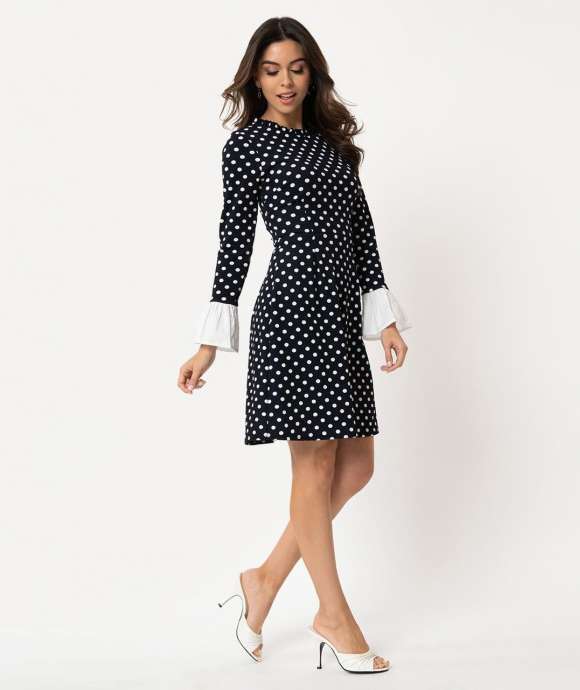
Museum Store
To read more about vintage fashions, shop our Museum Store's selection of Home Front books and view a full assortment of merchandise. All Museum Store purchases help fund our education mission.
Meet the Author
Tracee Dundas is the Founder and Executive Producer of New Orleans Fashion Week. She has been a fashion pioneer since receiving her degree in fashion and apparel design from USL. In addition to overseeing NOFW’s annual production, Dundas host a regular fashion segment on WVUE, New Orleans FOX Network, is a contributing fashion editor to numerous publications, a fashion stylist, and coordinate fashion shows and events throughout the year. Clients such as Saks, Essence, Lucky Magazine, Macy’s, and Dillard’s continually call upon her styling expertise. Follow her and New Orleans Fashion Week on social media at @fashionablyyoursnola and @nolafashionweek.
This article is part of a series commemorating the 75th anniversary of the end of World War II made possible by the Department of Defense.
Cite this article:
MLA Citation:
APA Citation:
Chicago Style Citation:
